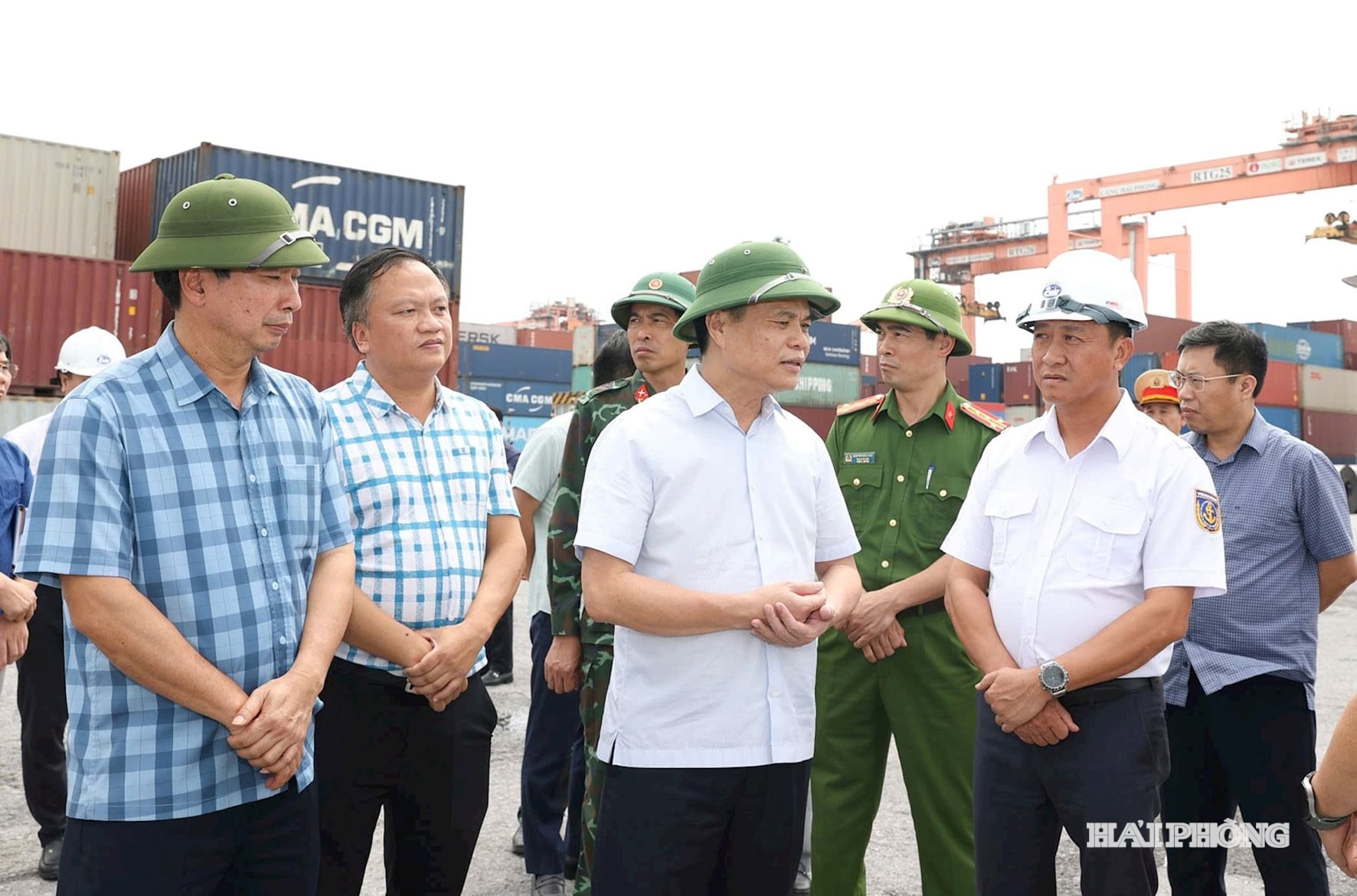
Implementing the Prime Minister's Official Dispatch No. 186/CD-TTg dated October 4, 2025 on proactively responding to storm No. 11, the Chairman of Hai Phong City People's Committee requested the Chairmen of the People's Committees of communes, wards, special zones and heads of departments, branches and sectors of the city to absolutely not be negligent or subjective about storm Matmo (storm No. 11).
Accordingly, it is necessary to regularly update and grasp the developments of the storm; focus on leadership, direction, review, update plans, and be ready to immediately deploy storm response measures with the most drastic spirit, early and from afar. Proactively respond at the highest level, anticipate the worst scenario to ensure the safety of people's lives, limit damage to people's and State's property. Do not be passive or surprised in any situation.
Strengthen information, propaganda and mobilization work for people and businesses to proactively implement measures to prevent storms, heavy rains and floods, and protect people and property. Especially be on guard against thunderstorms, tornadoes and lightning before and after storms affect the mainland.
The People's Committees of communes, wards and special zones proactively decide to implement plans to evacuate households in dangerous areas, especially coastal areas, areas at high risk of landslides, flash floods, deep flooding, old and weak housing areas to safe places. There are plans to support temporary accommodation, food and necessities for people who have to evacuate, ensuring stable life and health for people at evacuation sites.
Implement measures to ensure safety and limit damage to houses, warehouses, headquarters, public works, industrial parks, factories, power grids, and telecommunications systems. Inspect and implement measures to ensure safety of dykes, dams, and irrigation systems, especially at key locations, to promptly handle construction incidents from the first hour according to the "four on-site" motto; industrial parks, clusters, and construction works under construction, paying special attention to high-rise buildings, wharves, ports, port logistics areas, shipbuilding and repair facilities, traffic works, public works, tree trimming; power transmission systems, communications, mineral exploitation areas, aquaculture areas, farms, agricultural farms, production and business activities on river banks.
Be ready to deploy forces to guard and control people and vehicles in culverts, spillways, deeply flooded areas, areas with strong currents, and areas at risk of landslides; resolutely not allow people and vehicles to pass through if safety is not ensured; do not allow unfortunate human losses due to carelessness or subjectivity; deploy forces, materials, and vehicles to overcome incidents, ensuring smooth traffic on main traffic routes when heavy rain occurs.
Proactively implement measures to drain water in the irrigation system to prevent flooding, protect crops and concentrated aquaculture areas; operate reservoirs according to approved operating procedures, provide early warnings to people in downstream areas before reservoirs discharge floodwaters and when there is a risk of incidents; review and have plans to ensure urban drainage in case of heavy rain causing flooding; implement measures to protect production to minimize damage.
Inspect dike and disaster prevention works, especially in coastal areas, and works that have suffered incidents that have not been completely repaired; promptly detect incidents and handle them according to the "4 on-site" principle. Proactively deploy backup plans in case of power outages to ensure command and control.
Urgently check and count all local boats, watercraft, cages, and aquaculture watchtowers at sea and along rivers operating at sea and along the coast; coordinate with relevant agencies by all means to inform ship owners and captains of boats and vehicles still operating at sea about the developments and forecast of the storm's movement; guide them to move out of and not enter areas at risk of being affected by the storm; call and guide boats, vehicles, cages, and aquaculture watchtowers to safe shelters; at the same time guide and support the implementation of necessary measures to ensure the safety of boats at anchorage; absolutely do not let people on watercraft that have returned to anchorage and on cages, cages, and aquaculture watchtowers at sea and along rivers and do not let people go to coastal areas before and during the storm.
Implement storm prevention measures at sea, on islands, in coastal areas and on land as soon as possible, paying attention to proactively reinforcing the safety of houses, infrastructure works, sea dykes, limiting damage to production, especially agricultural production in coastal areas. Have plans to ensure safety for tourists on islands and coastal areas; create conditions and support for tourists who have to stay due to storms.
People's Committees of communes and wards in the western area of Hai Phong closely monitor flood levels on Kinh Mon, Kinh Thay, Thai Binh, Gua rivers... Strictly implement the patrol and guard regime to protect dykes according to storm and flood levels; promptly detect and handle incidents according to the "4 on-site" motto; proactively direct and decide to evacuate people outside the dykes affected by floods, ensuring absolute safety for people's lives. Anchor aquaculture cages on the river. Move people on cages when there is a flood, ensuring absolute safety for people, and at the same time guide the collection of aquatic products to minimize damage.
The City Border Guard Command shall count and, by all means, notify owners of vessels operating at sea to promptly move to safe shelters. Closely manage the activities of fishing boats, tourist boats, and transport ships; organize boat moorings. Reinforce fishery cages; coordinate with local authorities to absolutely not allow people on boats, cages, fishery watchtowers when there are strong winds or storms, especially tourists at sea and on islands; maintain regular contact with owners of vessels to promptly handle bad situations that may occur.
The Department of Construction continues to direct the review, pruning, and support of trees. Review old, weak apartment buildings, public works, and high-rise buildings under construction. Inspect and test the drainage system in urban areas to ensure smooth operation and timely drainage to prevent urban flooding. Closely coordinate with localities to develop specific plans and solutions to relocate people in old, weak, and dangerous apartment buildings. Develop plans and organize implementation to ensure traffic safety on flooded and landslide-prone roads. Based on the storm's developments, proactively issue bans on activities on traffic routes, bridges across rivers, ferry piers, and inland waterway activities according to authority.
The Department of Agriculture and Environment directs the inspection and safety assurance of dyke systems, irrigation systems, reservoirs and natural disaster prevention works. Drains buffer water in irrigation systems, prevents flooding; directs the protection of agricultural production.
Hai Phong Newspaper, Radio and Television, and the City's Electronic Information Portal have increased the time spent reporting on the storm's developments, documents, plans, and storm response options issued by the City People's Committee and the City Civil Defense Command...
PVSource: https://baohaiphong.vn/luong-truoc-kich-ban-xau-nhat-de-bao-dam-an-toan-tinh-mang-cho-nguoi-dan-522610.html


![[Photo] General Secretary To Lam attends the 8th Congress of the Central Public Security Party Committee](https://vphoto.vietnam.vn/thumb/1200x675/vietnam/resource/IMAGE/2025/10/4/79fadf490f674dc483794f2d955f6045)


![[Photo] Solemn opening of the 8th Congress of the Central Public Security Party Committee, term 2025-2030](https://vphoto.vietnam.vn/thumb/1200x675/vietnam/resource/IMAGE/2025/10/4/f3b00fb779f44979809441a4dac5c7df)
![[Photo] Bustling Mid-Autumn Festival at the Museum of Ethnology](https://vphoto.vietnam.vn/thumb/1200x675/vietnam/resource/IMAGE/2025/10/4/da8d5927734d4ca58e3eced14bc435a3)

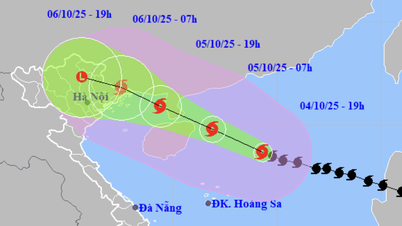

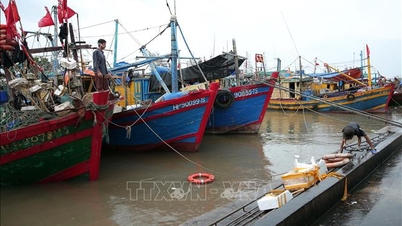

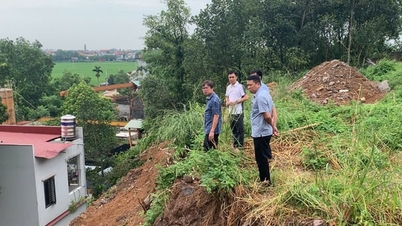

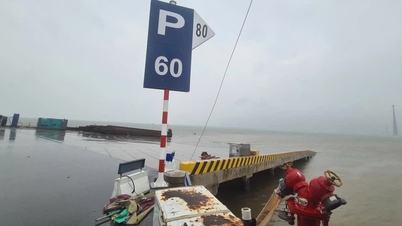
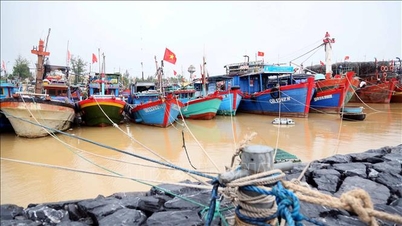
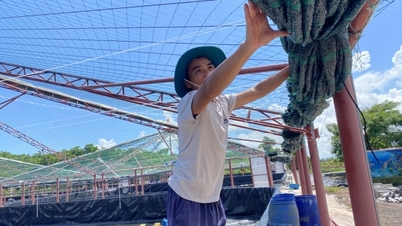

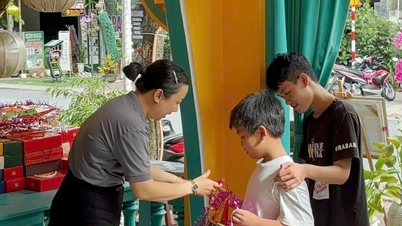



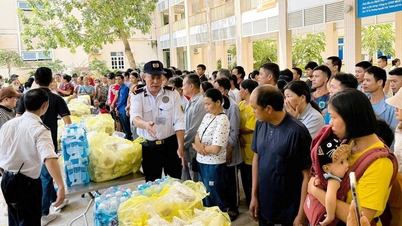





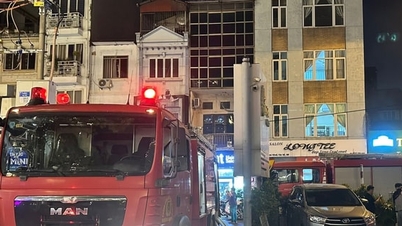








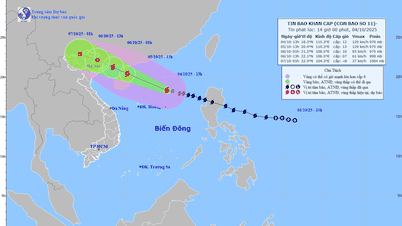
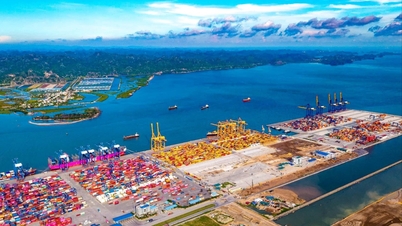


























![[VIDEO] Summary of Petrovietnam's 50th Anniversary Ceremony](https://vphoto.vietnam.vn/thumb/402x226/vietnam/resource/IMAGE/2025/10/4/abe133bdb8114793a16d4fe3e5bd0f12)

![[VIDEO] GENERAL SECRETARY TO LAM AWARDS PETROVIETNAM 8 GOLDEN WORDS: "PIONEER - EXCELLENT - SUSTAINABLE - GLOBAL"](https://vphoto.vietnam.vn/thumb/402x226/vietnam/resource/IMAGE/2025/7/23/c2fdb48863e846cfa9fb8e6ea9cf44e7)



















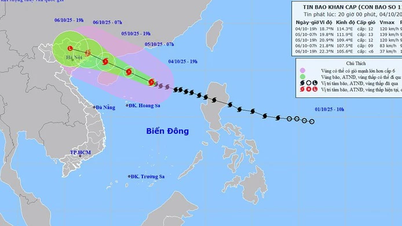










Comment (0)